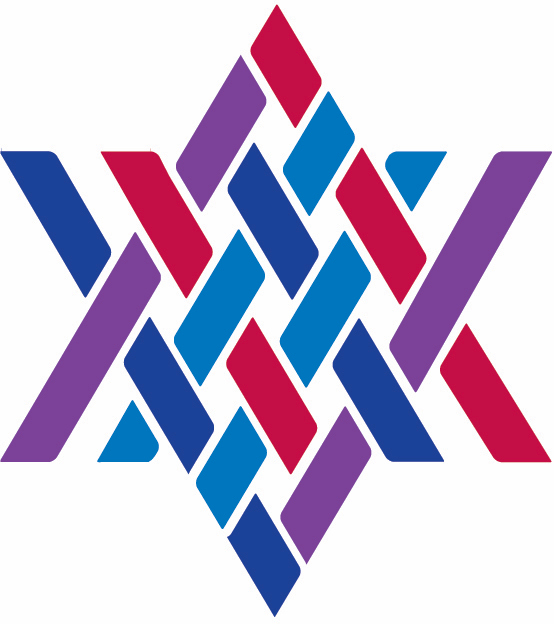Parashat Hukkat
On the Threshold of Eternity
A Dvar Torah for Hukkat
by Rabbi Len Levin
“He who touches the corpse of any human being shall be unclean for seven days…” (Num. 19:11)
For an entire lifetime, one builds up a network of interactions with others in society, a network comprising commerce, family, edifices of knowledge, productive endeavor, life in the public square, a living, breathing complex of order, structure, creative output. When one dies, one takes leave of that world of social interaction and goes on a private journey to we know not where, a mysterious realm where all the bonds of this world are dissolved.
The mourner stands on the threshold of these two realms. Being touched by the recently departed, the mourner feels different. S/he cannot go back to participating at once in the activities of this world as if nothing has happened. S/he must linger a while in the liminal space between this Read More >

